As I type this looking out my window in mid-January—snow and ice on the ground and the temperature hovering around 20—I can only assume that spring will someday arrive. The temperature will rise and fauna will return. While we await the thaw, here are some reasons to put on the rain boots and exit the apartment.
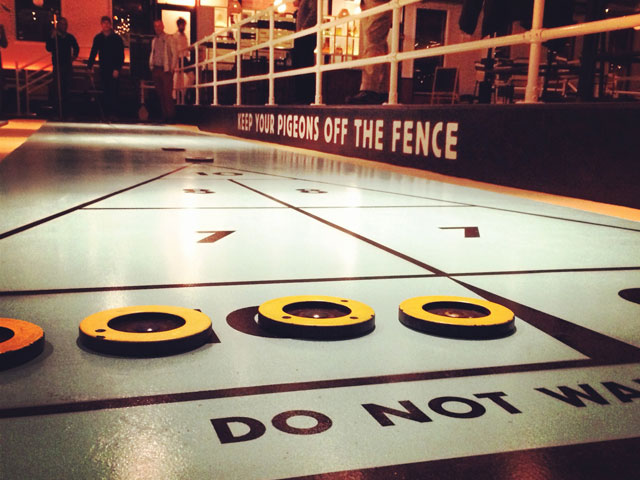 Royal Palms Shuffleboard Club
Royal Palms Shuffleboard Club
514 Union Street
Brooklyn has long been a home for obscure sports enthusiasts, offering everything from bocce, skee-ball, kick-ball leagues, and winter swimming a la the Polar Bear Club. Shuffleboard can now be added to this list of wonderful unique past-times with the opening of the Royal Palms Shuffleboard Club. Located in a converted warehouse on Union Street in Gowanus, this new bar offers an experience completely unlike anything in the area. Royal Palms boasts ten regulation-sized shuffleboard courts and two 27-foot bars specializing in tropical drinks in the 17,000 square-foot Florida-inspired space. If all of the activity makes you hungry, there is space for local food trucks to pull right in and offer some of their grub. Take a tropical vacation without leaving the borough. Lanes can be rented for $40 an hour (for four players); and if you develop a real talent, you can join a league or become a member.
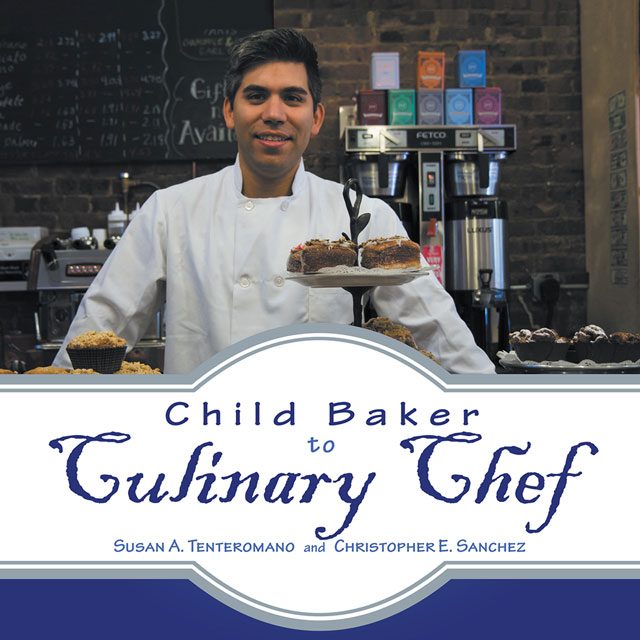 Child Baker to Culinary Chef
Child Baker to Culinary Chef
by Susan A. Tenteromano and Christopher E. Sanchez
Trafford Publishing
This book, from the owners of Le Petit Bakery in Fort Greene, is the perfect introduction for your budding chef. Simple and delicious recipes are laid out in a way that children can easily understand. Unlike other children’s cookbooks, these recipes aren’t just what you find on the kiddie menu of your local diner. These are trusted recipes, tested by the authors (a mother and son), and lovingly shared to inspire the next generation of foodies. Among the recipes you will find lemon squares, shortbread cookies, and chocolate covered pretzels. During the baking process, children learn math and reading comprehension with a delicious reward at the end. Susan Tenteromano designed the book specifically to help boost confidence in children as they complete each dessert. Child Baker to Culinary Chef can be ordered online, or you can reserve a copy at Le Petit Bakery (354 Myrtle Avenue) while picking up a cronut.
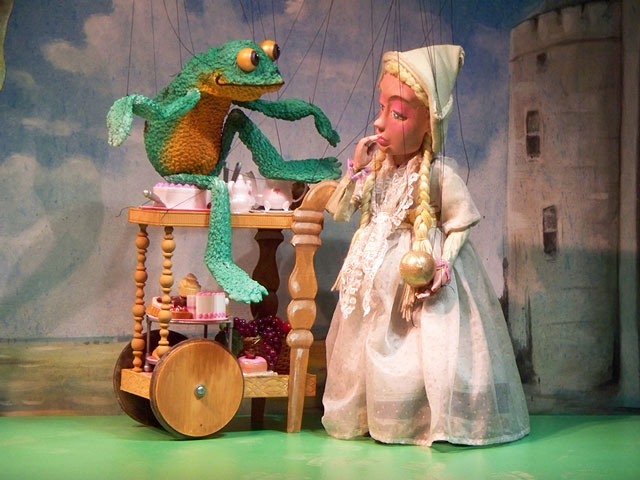 Puppet Works
Puppet Works
338 6th Avenue
Looking for an interactive experience for your kids? Puppet Works runs performance of timeless classics for children ages three and up. These dazzling puppet shows make an ideal first-time theater outing for younger children. It’s an art-form that is best experienced live. Children and adults love the characters and craftsmanship in these interactive shows. This spring, the Puppet Works show features three well-known fables: Peter & the Wolf, The Ugly Duckling, and The Frog Prince. This not-for-profit puppet theater is a Park Slope landmark, operating out of its Sixth Avenue location since 1980. Performances take place 12:30 and 2:30 every Saturday, reservations are required. Tickets are $9 for adults and $8 for children—note that Puppet Works does not accept credit cards. Children are welcome to pull up a mat and get close to the action.
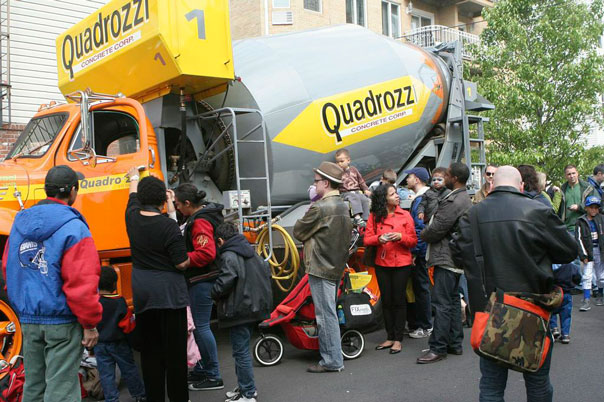 Touch-a-Truck!
Touch-a-Truck!
May 17, 12-5pm
18th Street, between 6th & 7th Avenues
As the parent of a toddler, I can honestly say this is an ingenious idea. There’s a big star on our calendar for May 17th as P.S. 295 holds their fourth annual Touch-a-Truck Fundraiser. Twenty trucks—including a fire truck, police car, cement mixer, garbage truck, and ambulance—line Eighteenth Street between Sixth and Seventh Avenues. Children are invited to not only touch, but climb into the trucks and meet their operators. Food trucks will also be on-hand to offer some sustenance to the little climbers and their parents. Admission is $5 and all proceeds benefit P.S. 295. To learn more visit www.ps295.org.

 Ah, winter, when the shoulders involuntarily hunch against the cold, the muscles take their time to warm up, and the temptation to linger in an overheated apartment overwhelms the urge to get outside—to the gym, for a run in the park, or to a yoga class. As we meet the challenge of cold weather, the body demands that we take time to warm up, pumping blood to the muscles so they become less brittle, more supple, and ready to go. When it’s cold, that’s especially important for the lower back.
Ah, winter, when the shoulders involuntarily hunch against the cold, the muscles take their time to warm up, and the temptation to linger in an overheated apartment overwhelms the urge to get outside—to the gym, for a run in the park, or to a yoga class. As we meet the challenge of cold weather, the body demands that we take time to warm up, pumping blood to the muscles so they become less brittle, more supple, and ready to go. When it’s cold, that’s especially important for the lower back. With the plentiful amount of fresh baked goods at your fingertips throughout the holidays and the siren song of comfort food calling to you as the temperatures drop, it can be difficult to keep healthy eating at the forefront of your priorities. But with a health-food superstore opening up in your backyard, healthy dining options expanding seemingly by the day, and progressive nutritionists flexible enough to fit in your hectic lifestyle, our neighborhood is the perfect place to be to keep your habits in check.
With the plentiful amount of fresh baked goods at your fingertips throughout the holidays and the siren song of comfort food calling to you as the temperatures drop, it can be difficult to keep healthy eating at the forefront of your priorities. But with a health-food superstore opening up in your backyard, healthy dining options expanding seemingly by the day, and progressive nutritionists flexible enough to fit in your hectic lifestyle, our neighborhood is the perfect place to be to keep your habits in check. Dear Hypocrite,
Dear Hypocrite, Young children are cute and lovable; they afford you a sense of purpose and meaning in addition to frequent bouts of heart-exploding joy. So I heartily recommend having one, or two, or hell, even three . . . but not if you want to avoid vomit and the runs and snot and fever and sores and other revolting things that I’m too demure to mention in print.
Young children are cute and lovable; they afford you a sense of purpose and meaning in addition to frequent bouts of heart-exploding joy. So I heartily recommend having one, or two, or hell, even three . . . but not if you want to avoid vomit and the runs and snot and fever and sores and other revolting things that I’m too demure to mention in print.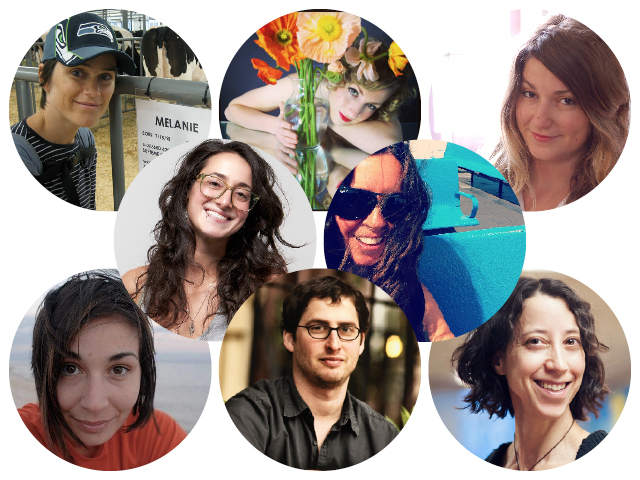
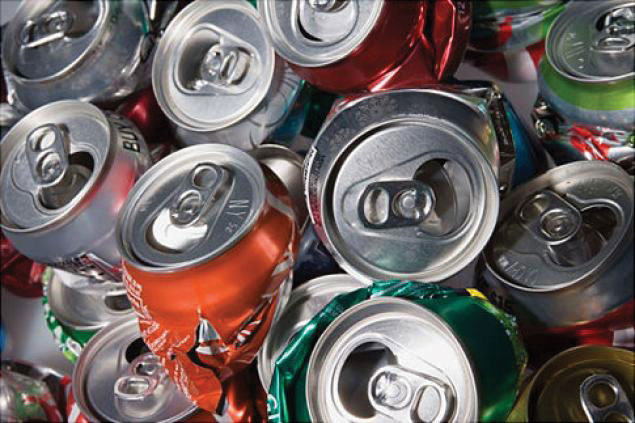 A: Congratulations on making such a sensible resolution. My top recommendation for a food you should give up is sweetened drinks of all kinds. Although these beverages are not the only contributor to the obesity epidemic in the United States, they are a major source of the average American intake of an unhealthy amount of sugar, 355 calories per person per day. That amounts to twenty-two teaspoons of sugar daily. A single 12-ounce soda contains about 130 calories and the equivalent of eight teaspoons of sugar. The high glycemic load of these sugary drinks provokes insulin resistance in many people, which underlies much of the obesity in our society and raises risks of Type 2 Diabetes. In addition to soda, I’m concerned about sweetened tea and coffee, energy drinks, and fruit juices.
A: Congratulations on making such a sensible resolution. My top recommendation for a food you should give up is sweetened drinks of all kinds. Although these beverages are not the only contributor to the obesity epidemic in the United States, they are a major source of the average American intake of an unhealthy amount of sugar, 355 calories per person per day. That amounts to twenty-two teaspoons of sugar daily. A single 12-ounce soda contains about 130 calories and the equivalent of eight teaspoons of sugar. The high glycemic load of these sugary drinks provokes insulin resistance in many people, which underlies much of the obesity in our society and raises risks of Type 2 Diabetes. In addition to soda, I’m concerned about sweetened tea and coffee, energy drinks, and fruit juices. My suggestion for the one food to add to your diet is olive oil, which has the highest percentage of heart-healthy monounsaturated fat of any edible oil. Quality olive oil also contains abundant antioxidants, substances associated with lower risks of cardiovascular disease and cancer, and a potent anti-inflammatory component. And, of course, quality olive has a very appealing taste; it has helped many Americans realize that there is no need to sacrifice sensory pleasure in pursuit of healthy eating.
My suggestion for the one food to add to your diet is olive oil, which has the highest percentage of heart-healthy monounsaturated fat of any edible oil. Quality olive oil also contains abundant antioxidants, substances associated with lower risks of cardiovascular disease and cancer, and a potent anti-inflammatory component. And, of course, quality olive has a very appealing taste; it has helped many Americans realize that there is no need to sacrifice sensory pleasure in pursuit of healthy eating. Sharpen Your Skates
Sharpen Your Skates Park Slope’s “Welcome Oasis”
Park Slope’s “Welcome Oasis”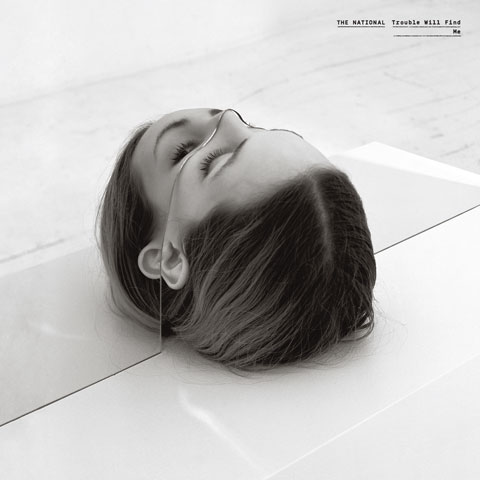 Warm, Soothing Sounds
Warm, Soothing Sounds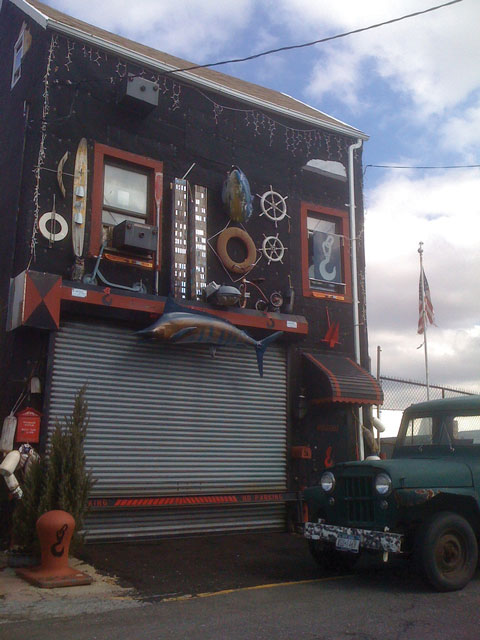 Crossing the Gowanus
Crossing the Gowanus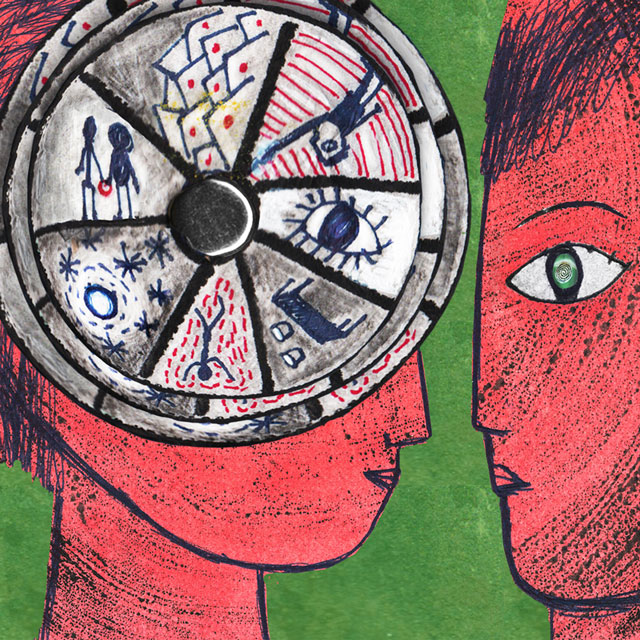 It is located in the Roppongi section of Tokyo, known for its night club scene. On the second floor of an old building is Geronimo, a bar that has not much to offer except for few wooden communal tables for expats who mingle in the bar.
It is located in the Roppongi section of Tokyo, known for its night club scene. On the second floor of an old building is Geronimo, a bar that has not much to offer except for few wooden communal tables for expats who mingle in the bar.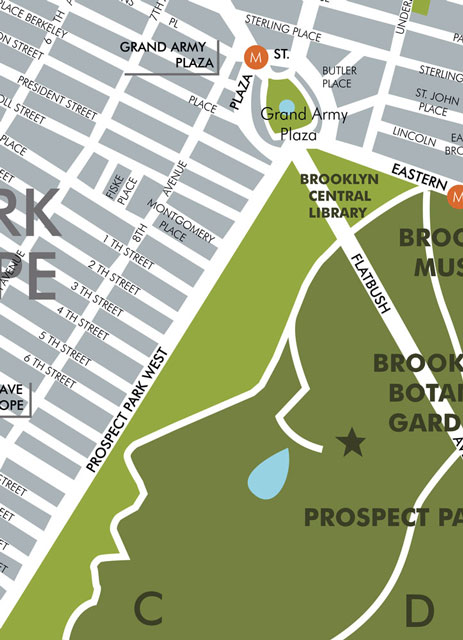 Dear Hypocrite,
Dear Hypocrite,